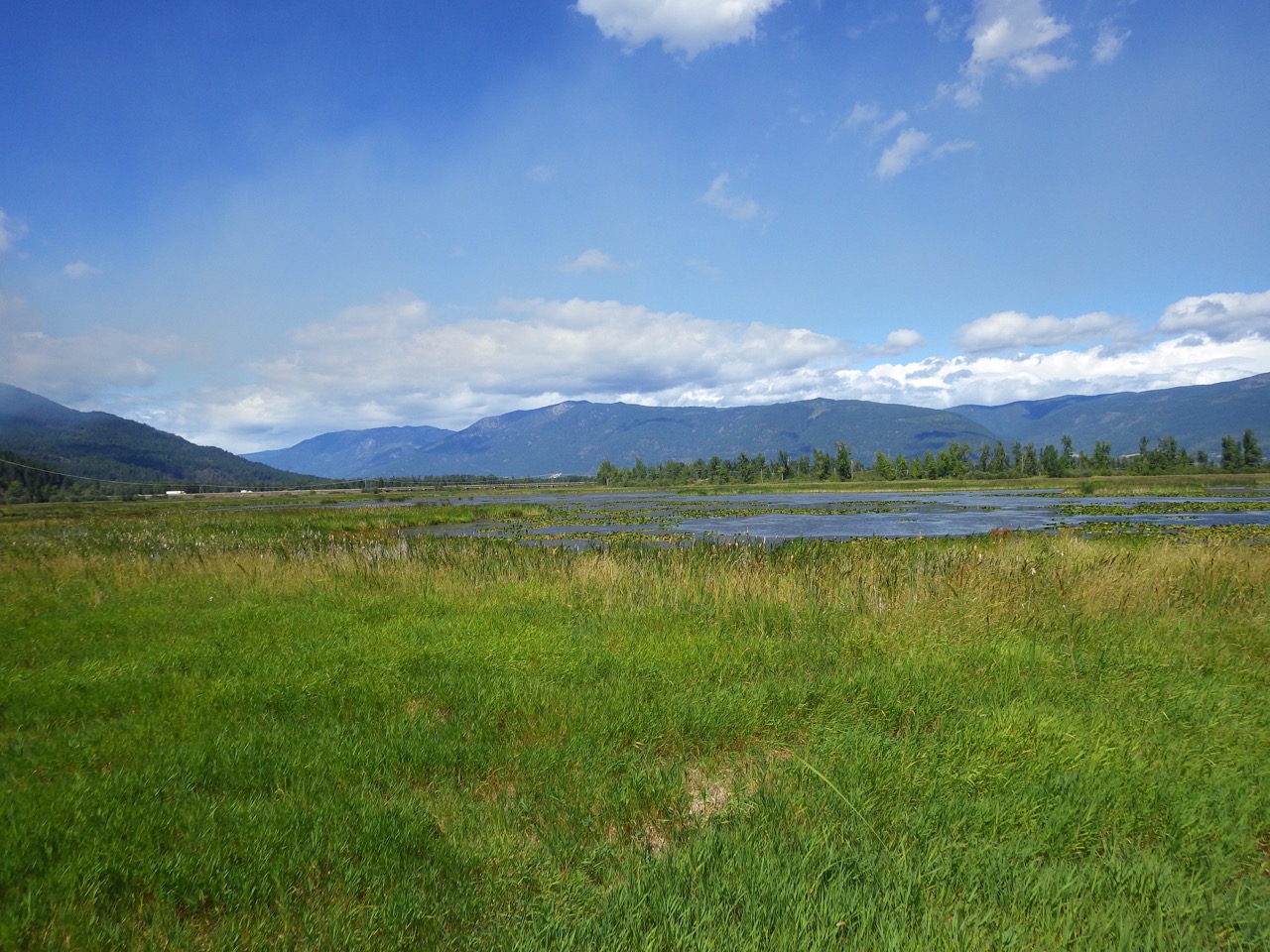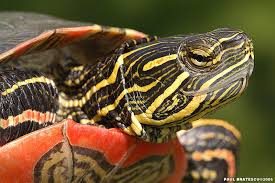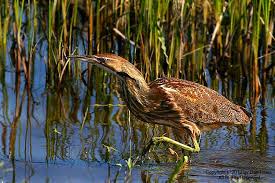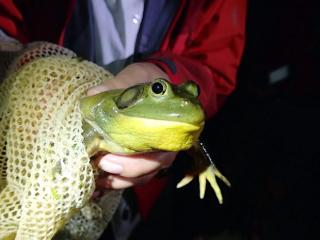What are Wetlands?
Wetlands are any area that holds water either temporarily or permanently and come in a wide variety of forms, shapes, and sizes. Wetlands are some of the world’s most productive ecosystems, providing unique wildlife habitat and biodiversity. Wetlands prevent flooding, filter our drinking water, remove and store greenhouse gases, and offer countless recreation opportunities. Unfortunately, wetlands are also one of Earth’s most threatened ecosystems and protecting them is crucial to the future of our planet. The Creston Valley Wildlife Management Area has been deemed a wetland of international importance with close to 400 different wildlife species calling the area home.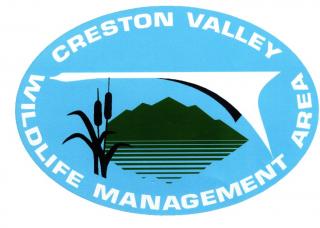
PROTECT IT
Species at risk are in danger of becoming extinct (gone from the world) or extirpated (gone from a certain part of the world). Species at risk are usually in jeopardy because of environmental or human-induced changes to them or their habitat on a local, regional or global scale. Wetland habitat has been lost or damaged as a result of urbanization, agriculture, industry expansion and invasive species.
- Western Painted Turtle (Chrysemys picta bellii) is a provincial “Blue” listed species and federal “Species of Concern”. Painted turtles can be found throughout the Creston Valley Wildlife Management Area, basking on logs and shorelines and often lay their eggs in loose and gravely soil along roads and dikes.

- Northern Leopard Frog (Lithobates pipiens) is a provincial “Red” listed species and federal “Endangered” species. The Leopard frog was once the most common frog in North America but no longer holds that status today as numbers have plummeted due to infectious diseases, habitat loss and invasive species. The Creston Valley Wildlife Management Area harbours the only natural population of breeding Leopard frog in British Columbia.

- American Bittern (Botaurus lentiginosus) – is a provincial “Blue” listed bird in the heron family with a very distinctive call. The Bittern calls the wetland home due to their diet of amphibians, fish, inspects and reptiles and can be seen or heard throughout the Creston Valley Wildlife Management Area.

PREVENT THE SPREAD & INTRODUCTION
Invasive species are non-native plants and animals introduced to an ecosystem causing negative environmental, social and economic impacts. Invasive species lack the usual predators that control their population allowing them to inundate an area, and unbalance the normal ecological function. Human behaviour like gardening and transportation has been identified as the #1 contributor to the spread of invasive species. Early detection and prevention is key to stopping the spread of invasive species.
- Yellow Flag Iris (Iris pseudacorus) is an eye-catching ornamental garden plant that displaces native wetland species in part by narrowing water channels. It is spreading rapidly within the Corn Creek Marsh of the Creston Valley Wildlife Management Area. There are several non-invasive alternatives to plant in your water garden like the Western Blue Iris.

- American Bullfrog (Lithobates catesbeianus) is an introduced frog that has a voracious appetite and is a direct threat to native frogs found in the Creston Valley Wildlife Management Area wetlands, especially the federally “Endangered” Northern Leopard frog (Lithobates pipiens). Bullfrogs are easily recognized by their large size, oversized tympanum (“ears”), and their distinctive “bull” like call.

- Invasive knotweeds (Polygonum spp.) are invasive perennials that threaten biodiversity and disrupt the food chain by reducing available habitat and increasing soil erosion potential. Stream banks are at particular risk as exposed knotweed roots break off and float downstream to form new infestations.


